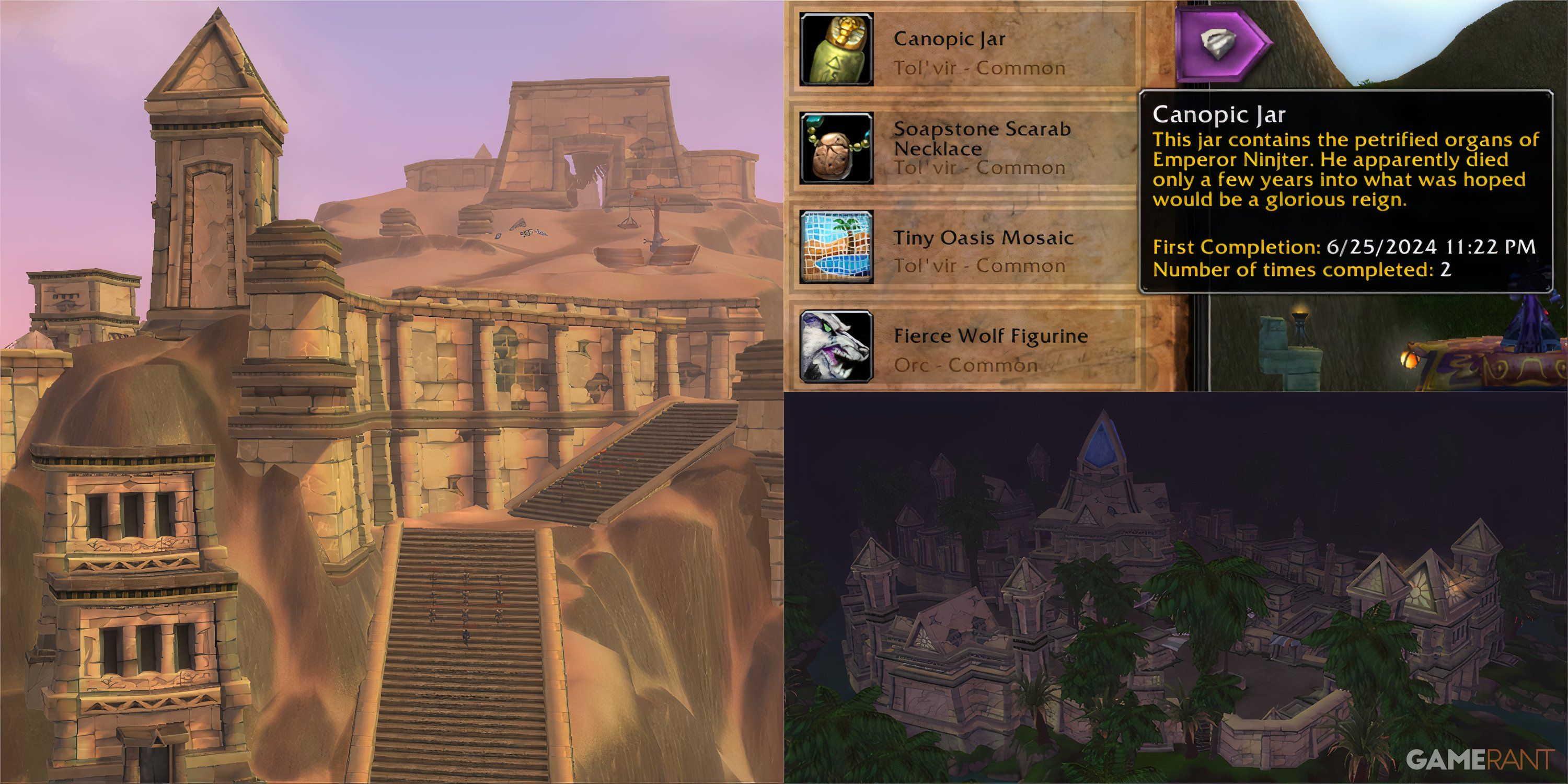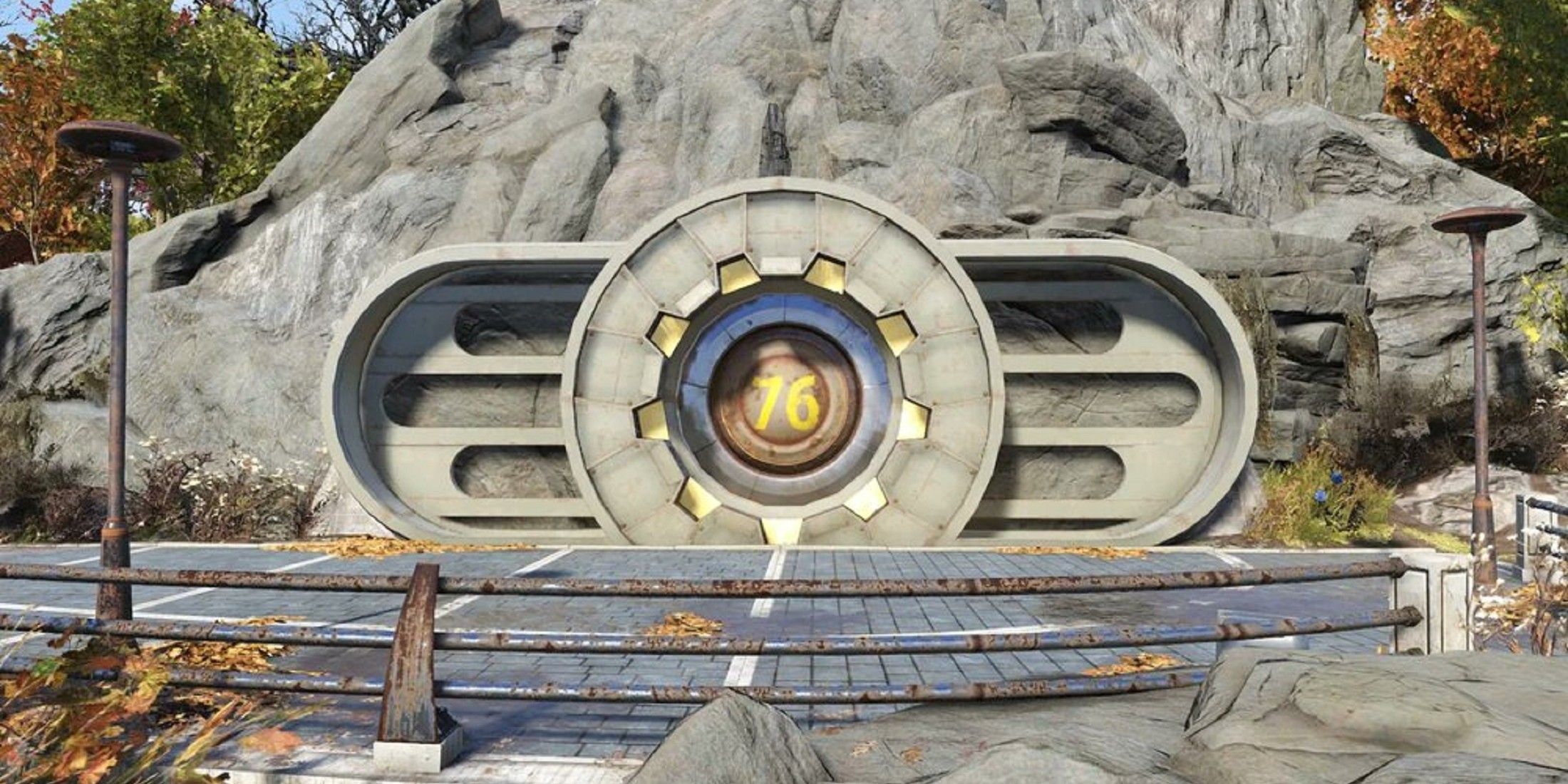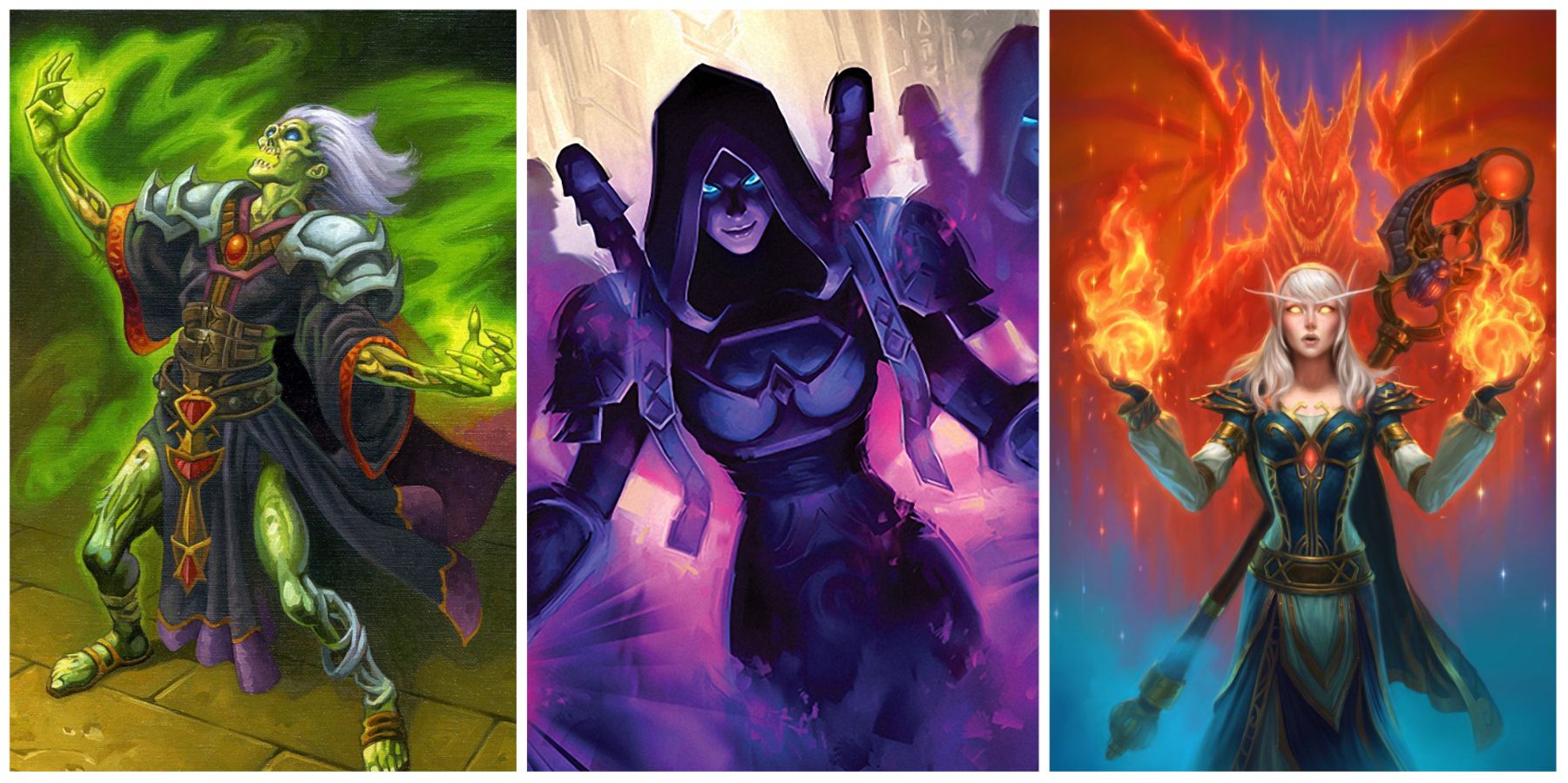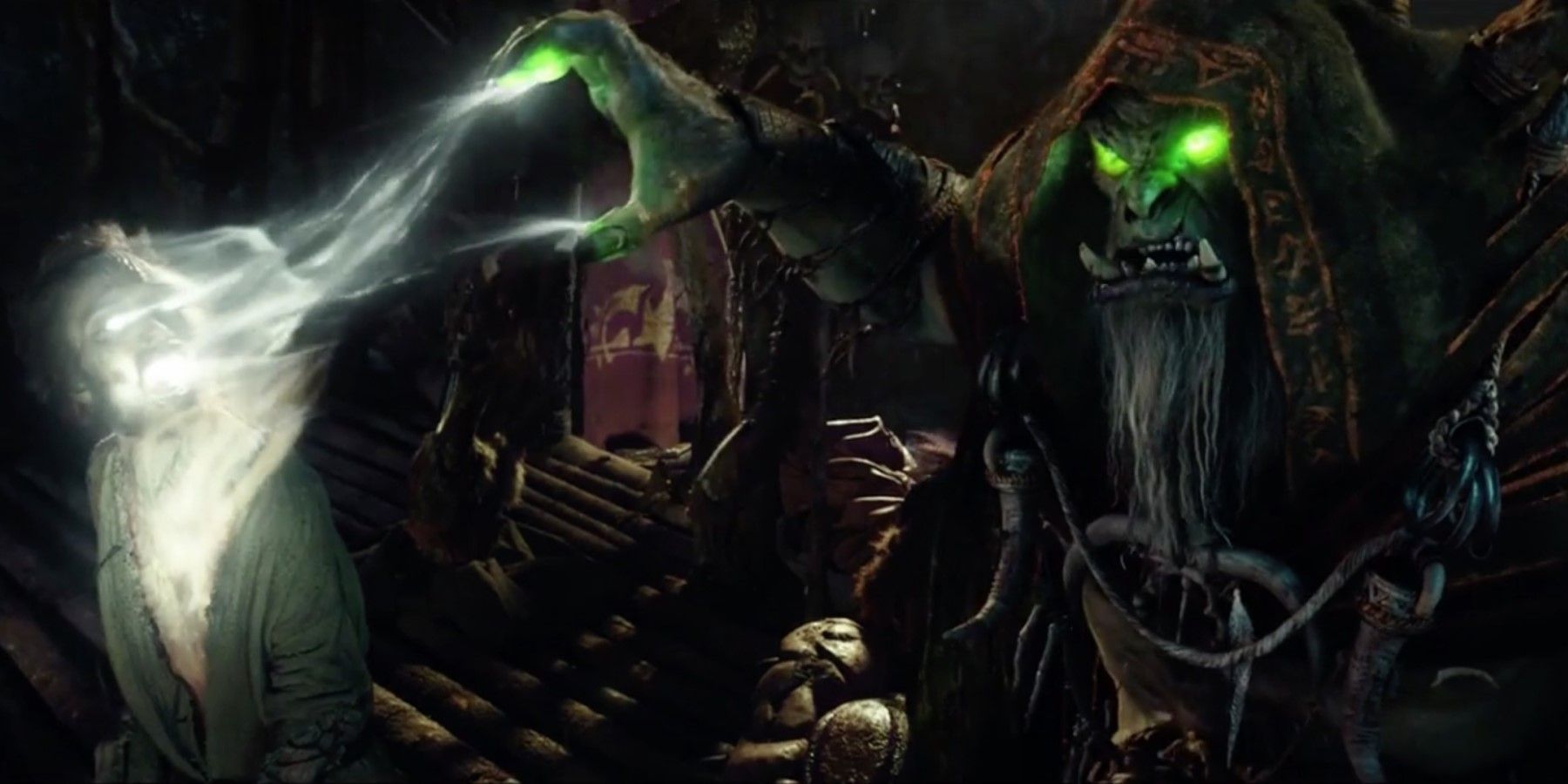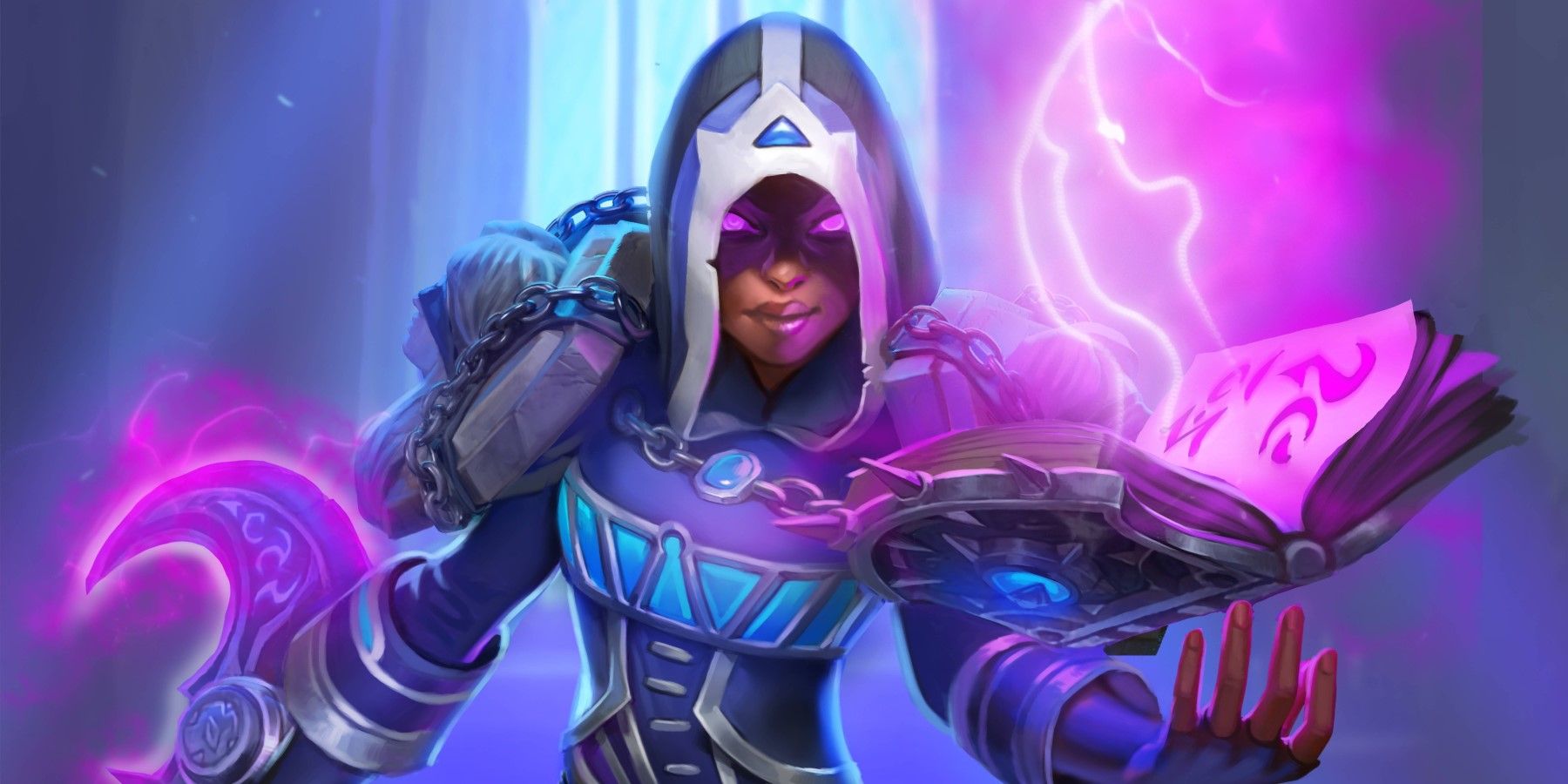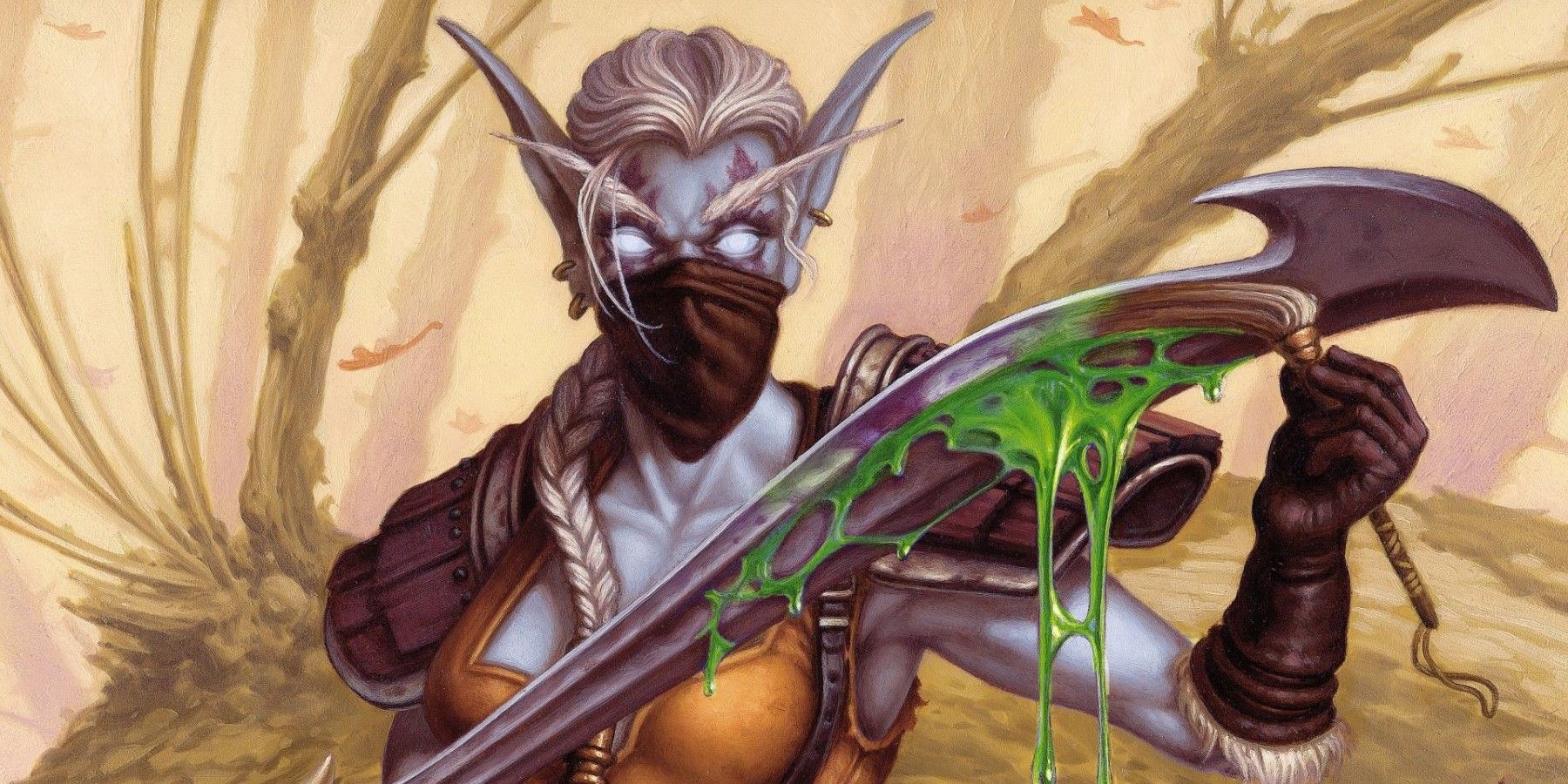Quick Links
With nearly 20 years on the market, World of Warcraft’s 12 playable classes have seen several drastic shifts. Each World of Warcraft expansion pack usually changes how each class plays, while some introduce brand-new classes altogether, like the Death Knight, Monk, and Demon Hunter. However, all through World of Warcraft’s history, one thing has always been present in almost every class: DoTs.
Though the history of DoTs is longer than World of Warcraft’s own, the venerable MMORPG has a special relationship with them. As one of the longest-running RPG games ever, it has served as the introduction to game mechanics often found in the genre for many. DoTs were even featured in popular memes from Onyxia’s Lair during Vanilla WoW. But for newer players, understanding what DoTs are and how they work can be tricky.
What are DoTs in World of Warcraft?
DoT is short for Damage over Time. DoT effects are anything that deals damage over a period of time, rather than all at once (sometimes called Direct Damage or DD). World of Warcraft often refers to DoTs as “periodic damage.” Many of these abilities manifest as bleeding wounds, poisons, burns, or curses.
Though normally referring to periodically damaging debuffs in World of Warcraft, standing in damaging areas, drowning, or channeled abilities that deal damage multiple times can also be considered DoTs. Most DoT effects deal more damage than their Direct Damage counterparts, but spread out over their duration.
How do DoTs Work in World of Warcraft?
Though they seem complicated at first, Damage over Time effects are simple to understand. Most player DoT effects deal damage approximately once every three seconds by default. Increasing one’s Haste stat can cause these ticks to happen more rapidly. Each tick from Damage over Time effects can crit just like their Direct Damage counterparts, and otherwise scale like other spells and abilities.
Damage over Time effects shine when they are able to run for their maximum duration. As such, short encounters or weak enemies are poor targets for DoTs, while bosses and powerful monsters are great ones. DoT-heavy classes are devastating on boss encounters with multiple powerful targets, as they can maintain their DoTs on several bosses simultaneously. This strategy is often called “Multidotting,” and can provide a significant DPS boost on some World of Warcraft encounters.
Over the years, World of Warcraft has made it easier to re-apply DoTs than it used to be. In the past, players could accidentally clip their own DoTs, causing them to miss damage ticks, severely hampering their DPS. That is thankfully no longer the case; not only do re-applied DoTs no longer reset the tick timer when applied, but they also benefit from the Pandemic effect.
This effect allows a DoT to borrow up to 30% of its remaining duration to add to the full duration of the re-applied DoT. This means a player can re-apply their DoTs at a low duration without losing any DPS. For example, if a DoT lasts for 15 seconds, re-applying it after the 5-second mark will add another 15 seconds to the duration without any wasted time, and without stopping the periodic damage.
DoT classes can also be devastating in World of Warcraft PvP. What these classes lack in burst damage, they make up for with sustained damage. While it takes time to apply all of their DoTs onto a target, the damage ramps up quickly once they finish, especially when combined with Crowd Control effects like Fear.
However, DoT effects can be cleansed with certain abilities, shutting down a DoT character’s offense. Healer classes can cleanse these debuffs easily, while many tanks and some DPS can remove some of them from themselves occasionally.
Which World of Warcraft Classes Use DoTs?
Among all the World of Warcraft classes, Affliction Warlocks and Shadow Priests are the most heavily reliant on DoTs. Affliction Warlocks in World of Warcraft use debilitating curses and hexes, such as Agony, Corruption, and Unstable Affliction, to drain foes of their life force, while Shadow Priests use abilities like Vampiric Touch, Shadow Word: Pain, and Mind Flay to rend a foe’s mind asunder.
However, every class in World of Warcraft has access to at least one DoT effect:
- All Death Knights get Death and Decay, but Unholy Death Knights also inflict diseases and Festering Wounds on foes.
- Demon Hunters use Immolation Aura to deal periodic damage to nearby foes and can channel Eye Beam to obliterate enemies.
- Balance Druids can burn foes with Moonfire and Stellar Flare, while Feral druids can bleed them with abilities like Rip.
- Hunters have numerous abilities that poison, bleed, or burn foes across their specializations and pets.
- Though Fire Mages deal high Direct Damage, many of their spells inflict low-damage burning effects like Conflagration, or leave fiery areas on the ground like Meteor.
- Monks have a few DoT options, but most are channeled AoE attacks like Spinning Crane Kick.
- Paladins have Consecration, which deals damage over time to enemies in the affected area.
- All Rogues inflict bleeding effects with abilities like Garrote, but the Assassination specialization also gets venomous Deadly Poison as a focus.
- Some Shaman abilities like Flame Shock inflict burns, and totems like the Liquid Magma totem could be considered DoTs.
- Warriors inflict bleeding DoTs with Rend and Deep Wounds.
Damage over Time effects have a sibling: the HoT, or Heal over Time. These abilities are the opposite of DoTs, but otherwise, work identically. Most healing specializations in World of Warcraft have access to at least one, but the Restoration Druid is the king of HoTs, with Discipline Priests and Restoration Shamans close behind.
Hunters and Warlocks also have HoTs for their pets, with the latter also having a DoT/HoT hybrid in the form of Drain Life, which harms their target over time while healing themselves.
It is important to note World of Warcraft: Dragonflight is rebuilding the Talent Tree system from the ground up, meaning players may see many of these abilities change. Some also may be removed, while new DoTs could be introduced as well. Players will have to wait until Dragonflight releases more information on the classes’ Talent Trees to see how their favorite DoTs are affected.
World of Warcraft is available now on PC.

